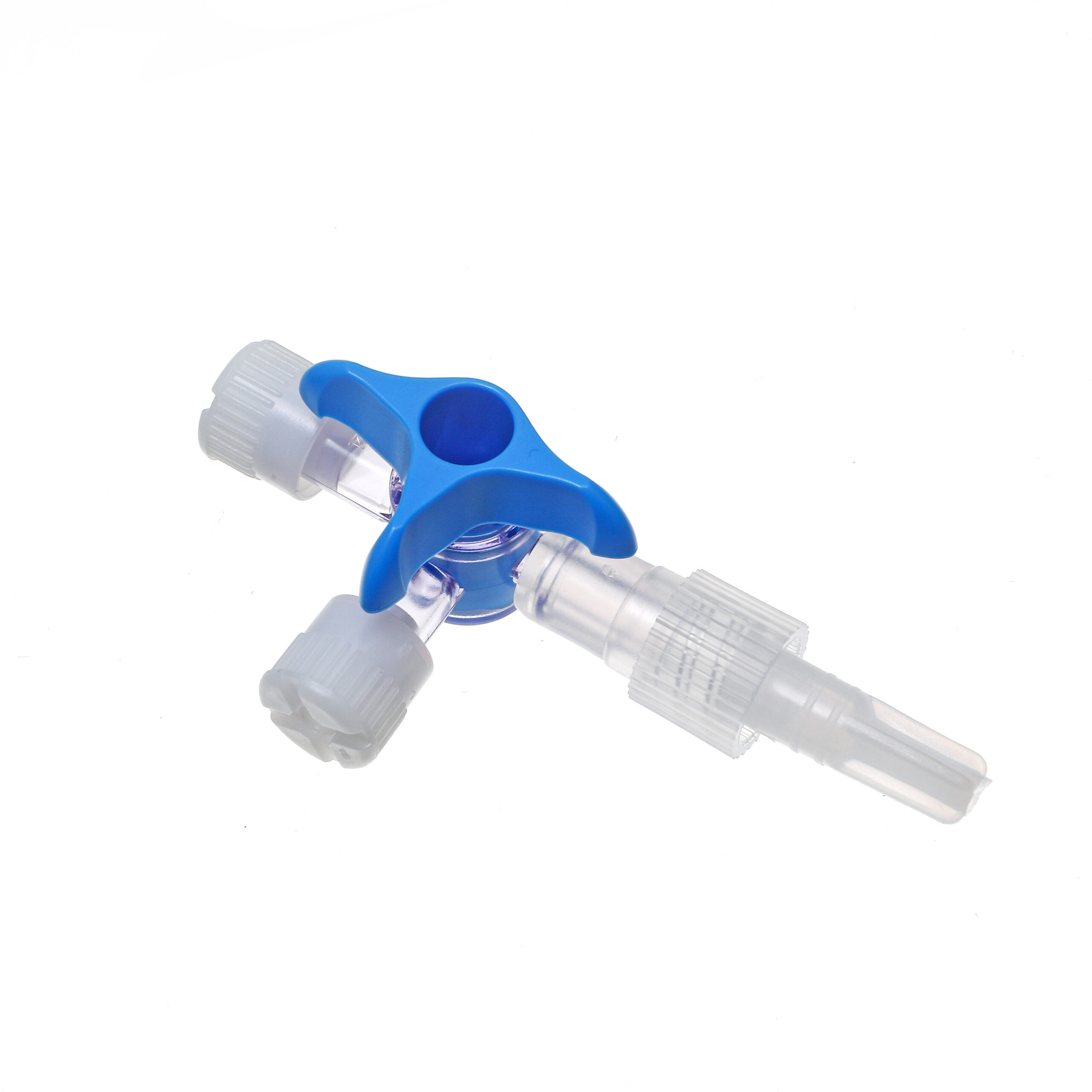Our 3-Way Stopcock is an essential medical valve for precise fluid and medication regulation in intravenous therapy and blood transfusions. Gaiamed’s 3-Way Stopcocks are meticulously produced in ISO and CE certified facilities, ensuring uncompromising quality and patient safety for critical procedures.
What is a 3-Way Stopcock?
The 3-Way Stopcock is an essential medical valve used in IV therapy and blood transfusions to precisely regulate the flow of fluids and medications. Its three ports allow for the attachment of multiple IV lines, enabling efficient and flexible delivery of various substances. These stopcocks are available in low, medium, or high pressure ratings to suit diverse clinical needs.
A key advantage of three-way stopcocks is their ability to significantly reduce the risk of contamination and infection. By providing separate ports for different IV lines, healthcare providers can easily administer multiple medications or fluids without requiring separate needles or catheters, enhancing both patient safety and procedural efficiency.
Product Specifications
Features
Our 3-Way Stopcock offers a rotating luer lock and threaded female ports for safe and secure system connections. It includes arrow indication marks for clear flow direction and protective caps to ensure aseptic conditions. For easy identification, each stopcock is color-coded and provided in a sterile blister pack.
Gaiamed’s Extension Tubing is designed to minimize manipulation during IV administration, featuring a universal Luer lock connector for broad compatibility. Crafted from transparent, biocompatible medical-grade polycarbonate, it ensures easy visualization of fluid flow.
Pressure Rating
Pressure rating is a crucial consideration for selecting the appropriate medical equipment. This rating indicates the maximum pressure a stopcock can safely withstand, ensuring performance and patient safety. We offer diverse options to suit specific procedural needs:
1000psi: Perfect for high-pressure procedures such as angiography or power injection of contrast media.
200psi: Ideal for low-pressure applications like blood transfusions or routine fluid administration.
500psi: Suitable for moderate-pressure procedures, including arterial line monitoring or contrast agent infusion.


No responses yet